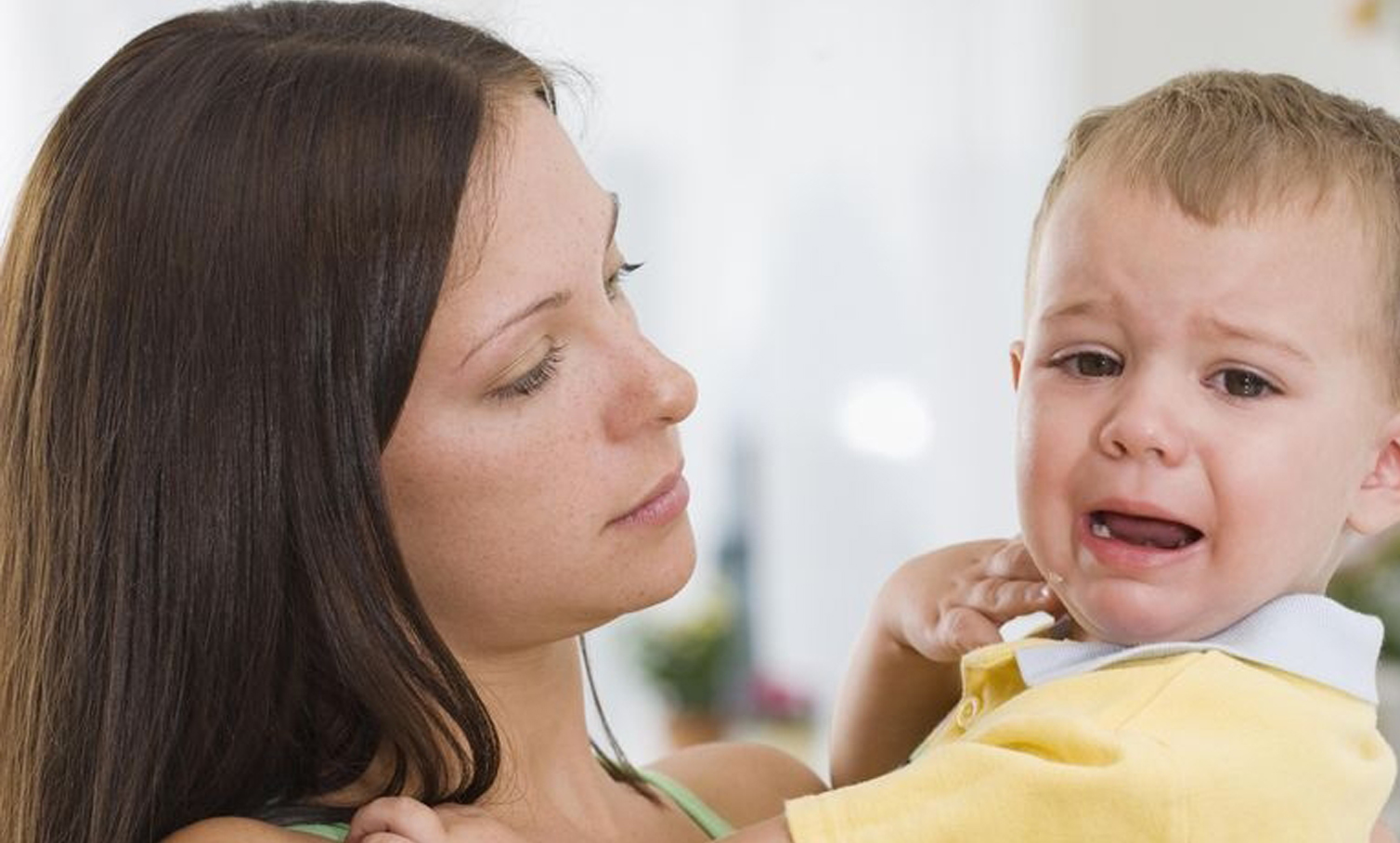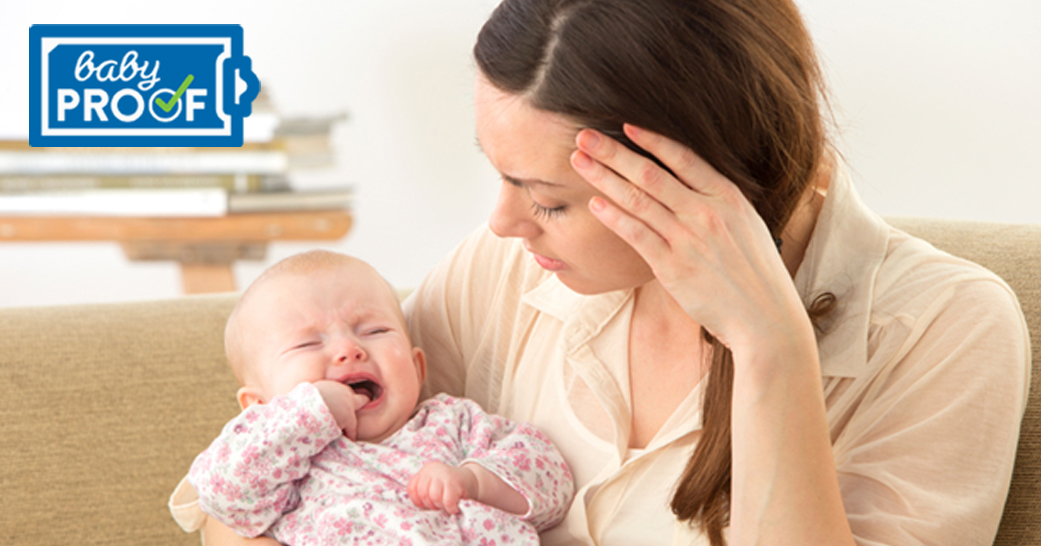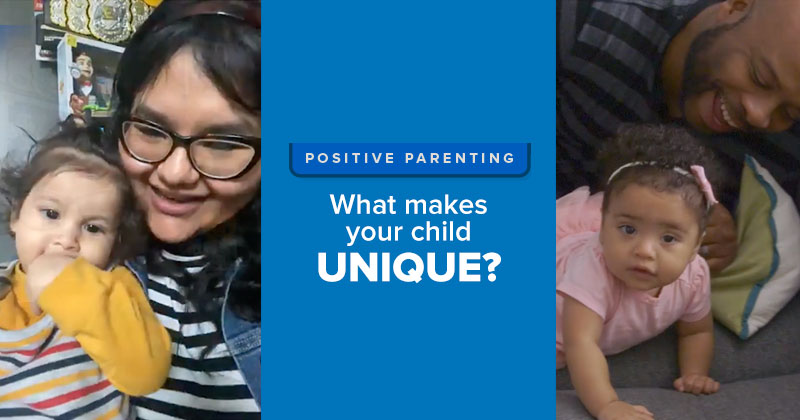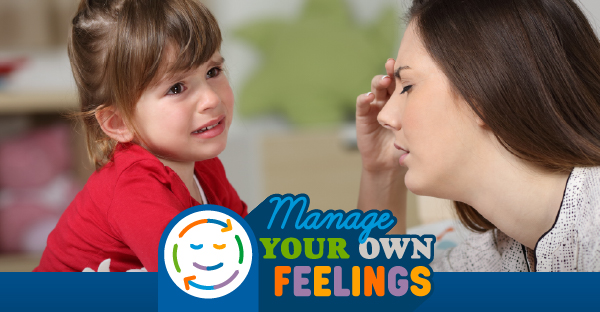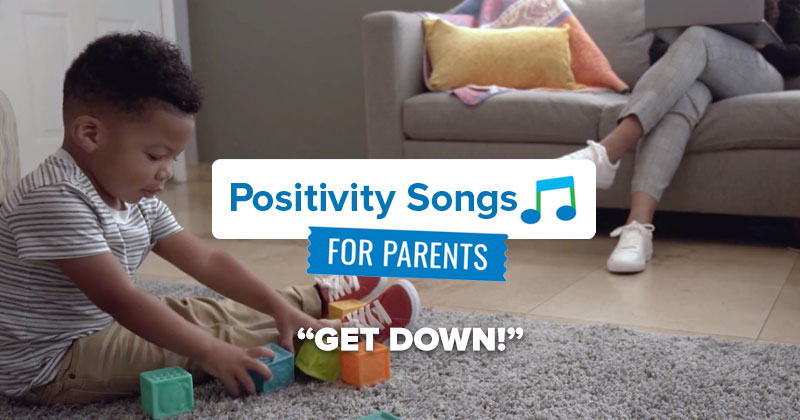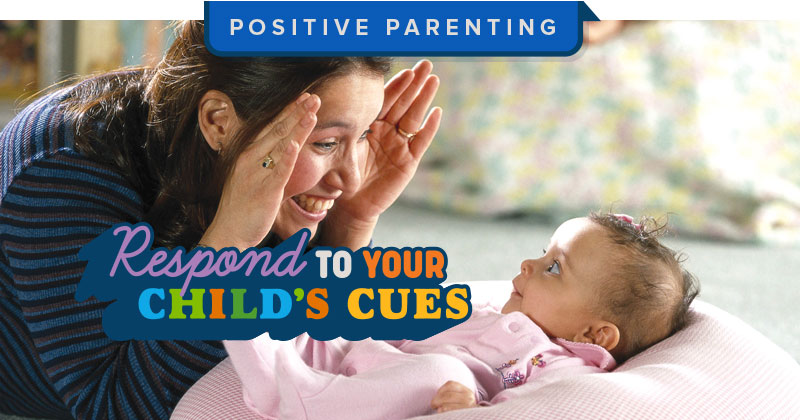
I remember looking down at my wailing newborn daughter and telling her, “If I just knew what you wanted, I would do it!”
Babies are born with some ability to communicate what they are feeling and need from us. But it takes practice to get the message. Learning to see these (sometimes) tough-to-notice cues can help us meet our babies’ needs.
Research shows that getting to know your baby’s cues also helps the two of you build a strong, secure attachment — a loving, trusting relationship.
Do parents get it right every time? Heck no. But noticing and responding to your baby’s expressions and gestures is what great parenting is all about. Your baby learns that they can trust you, feel safe with you, and rely on you. And that’s what strong families are made of.
Understanding and Responding to Your Baby’s Cues
While it’s impossible to list every cue your baby might use, think of this as the starter kit to figuring out what your baby is trying to say:
I’m hungry
When baby is ready for some milk or formula, they may:
- Keep hands/fists near their mouth, suck hands
- Make sucking or “lip smacking” noises
- Pucker their lips
- Search or root for the nipple
- Clench their fists
- Use a “hunger” cry—listen to see if your baby has a distinct cry when hungry
I’m done eating
When baby is all done with milk for now, they may:
- Suck more slowly or stop sucking
- “Play” with the nipple – mouth it, rather than suck
- Turn or push away from the nipple
- Relax/open their hands
- Look drowsy or fall asleep
I’m ready to play
When your baby is ready for play and interaction, you may see them:
- Gaze at your face, making eye contact
- Have a bright, calm expression
- Turn their head or eyes toward you
- Become more still; arm and leg movements are fluid, not jerky
- Reach out to you, or stretch fingers or toes toward you
- Slow or stop sucking
- Smile
- Coo or babble
I’m done playing
When your baby needs a break from interaction (play, talking, stimulation), you may see them:
- Turn their head/eyes away from you
- Have a dull/glazed expression
- Cry, become fussy
- Arch their back
- Wrinkle their forehead
- Grimace or frown
- Close eyes, or eyes become droopy
- Yawn or fall asleep
- Burp, hiccup, pass gas
- Squirm or kick
- Put their hand in their mouth
Your baby will also develop many of their own ways of communicating, too. (My daughter always pulled on her earlobes when she was tired.)
And before you know it, that tiny baby in your arms will be standing up and able to tell you exactly what they want, right now!

Every child communicates their needs differently. Taking the time to watch and learn your child’s cues teaches them that they’re important and cherished and helps you respond with what they need from you.
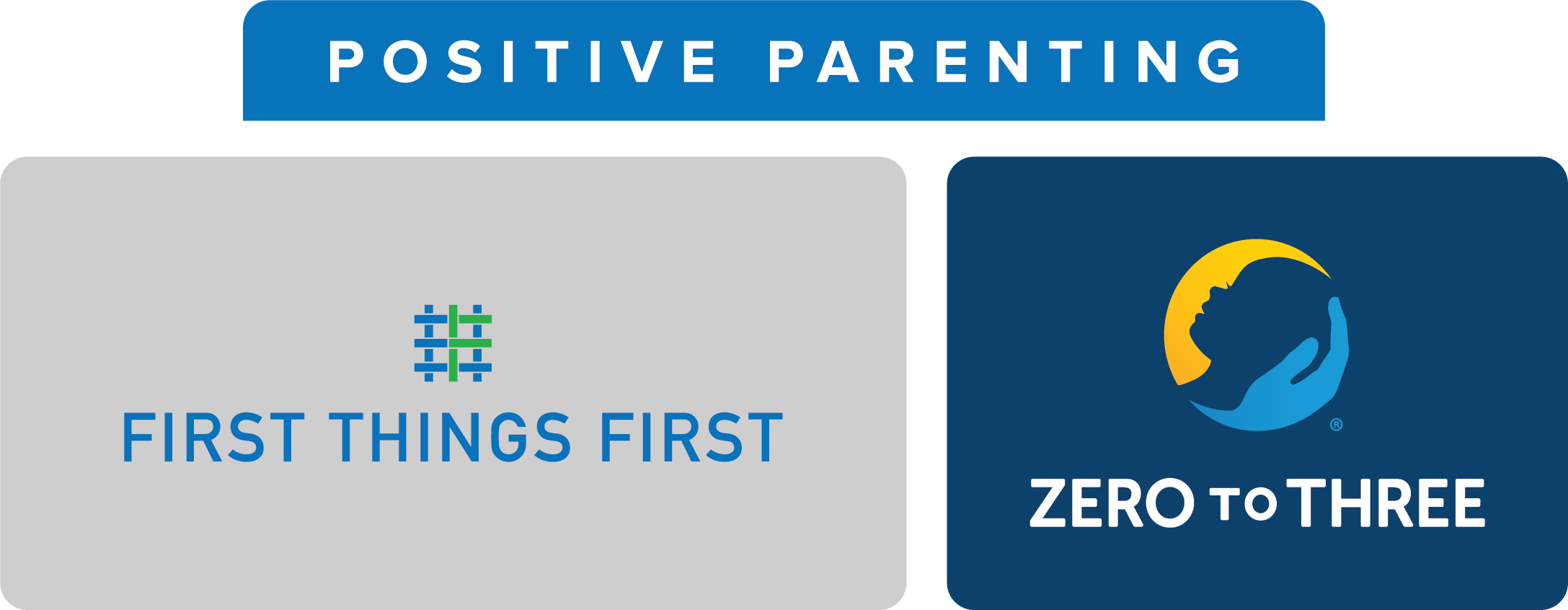
Rebecca Parlakian is senior director of programs for ZERO TO THREE, a national nonprofit working to ensure that all babies and toddlers have a strong start in life. She holds a master’s degree in education and human development, with a concentration in infant-toddler special education, from the George Washington University, where she is currently serving as adjunct faculty. This definition of positive parenting was developed by a ZERO TO THREE committee of staff, board members and fellows; © ZERO TO THREE 2018. |



